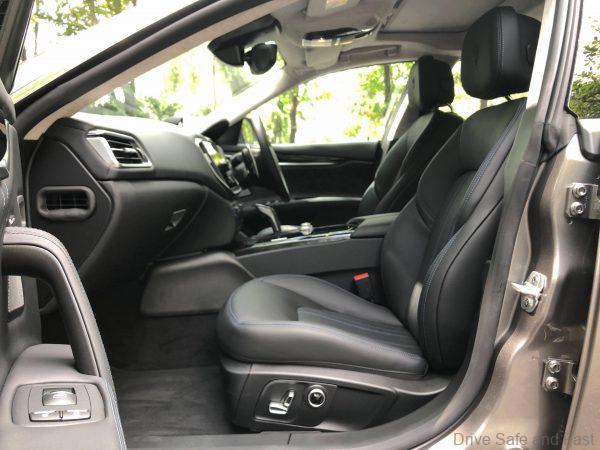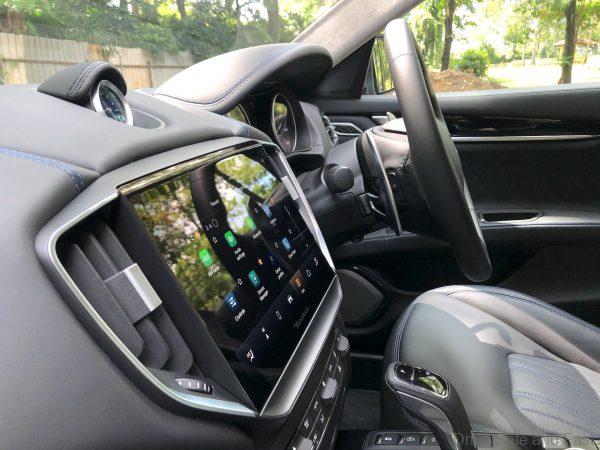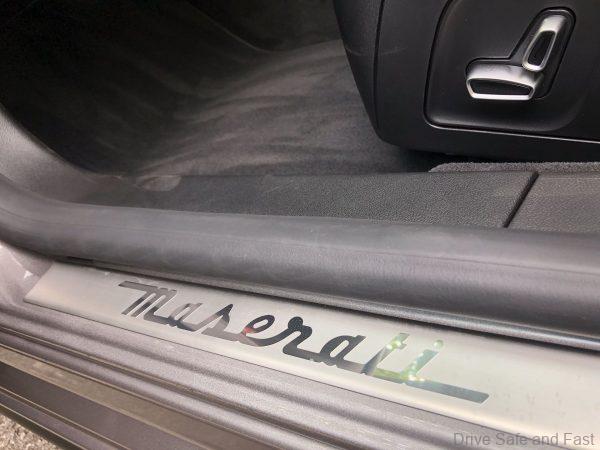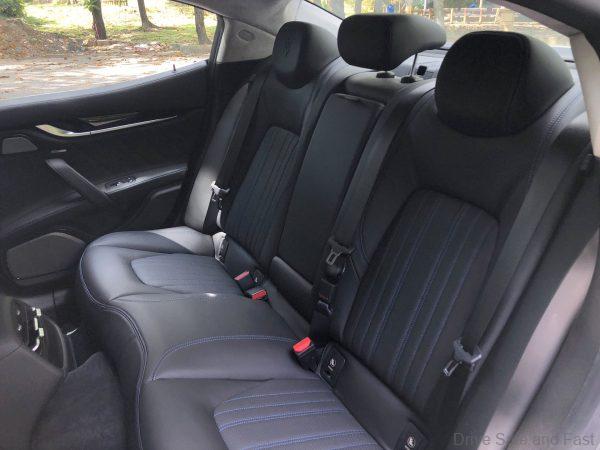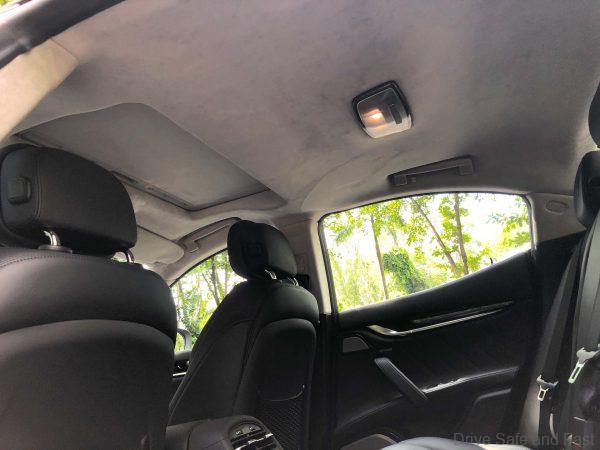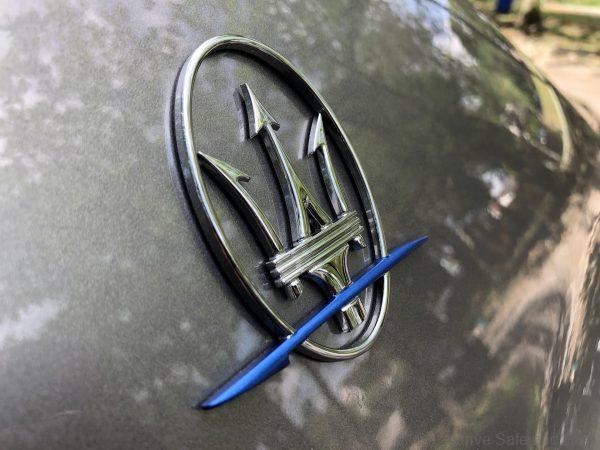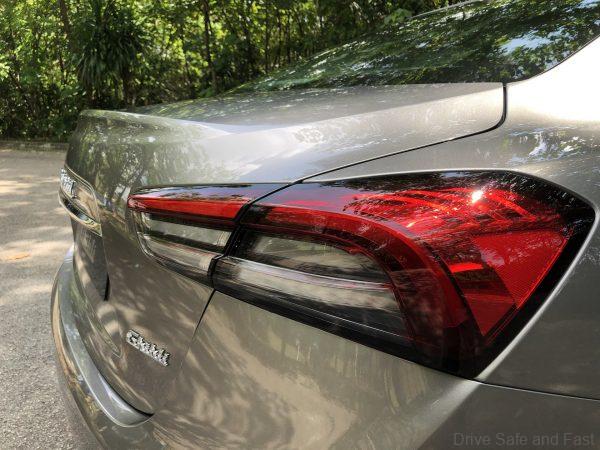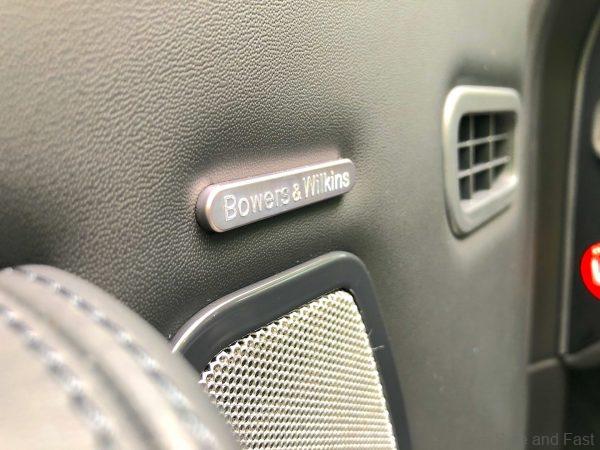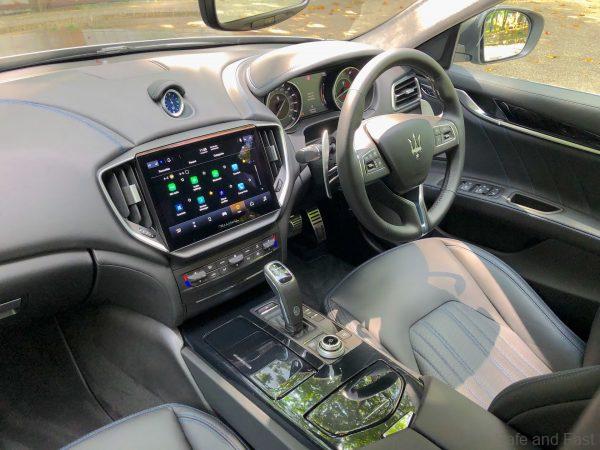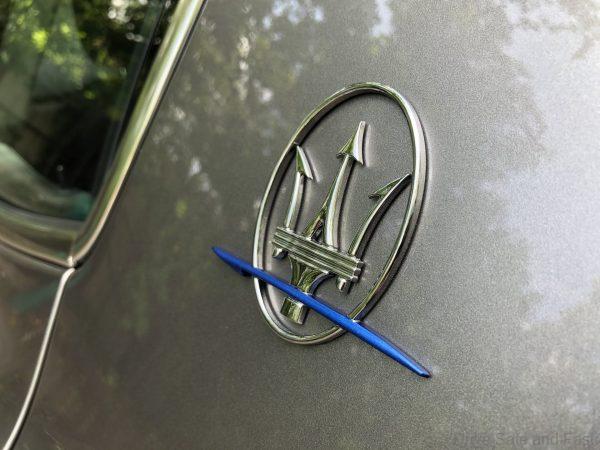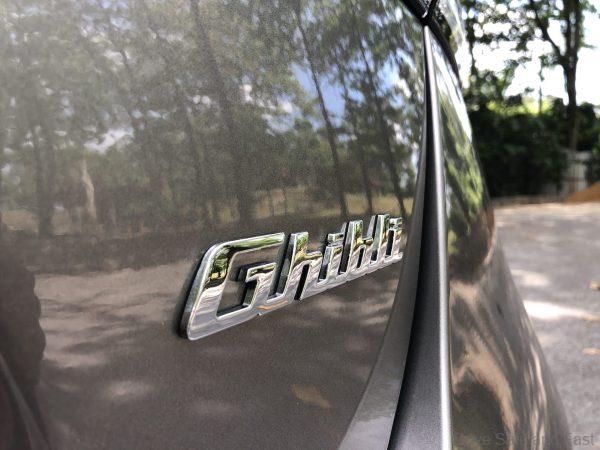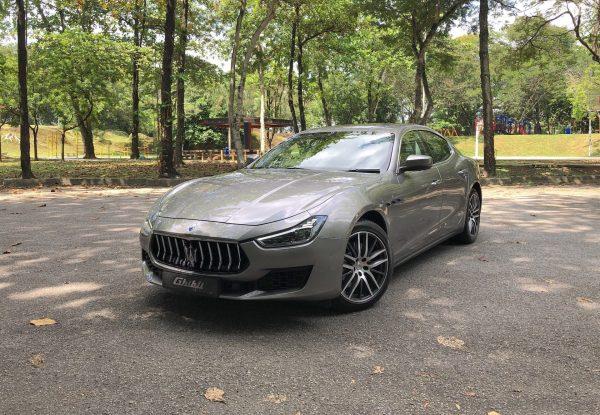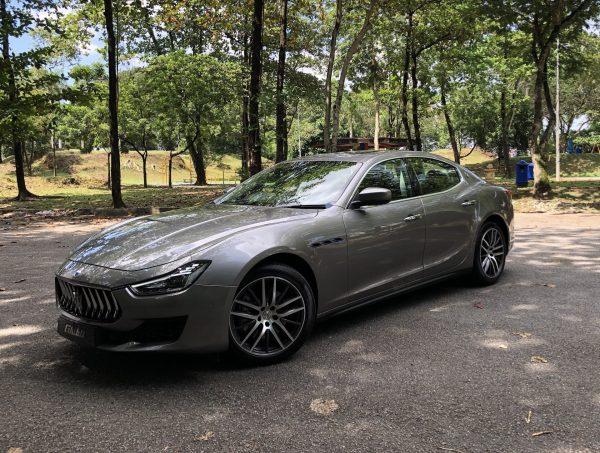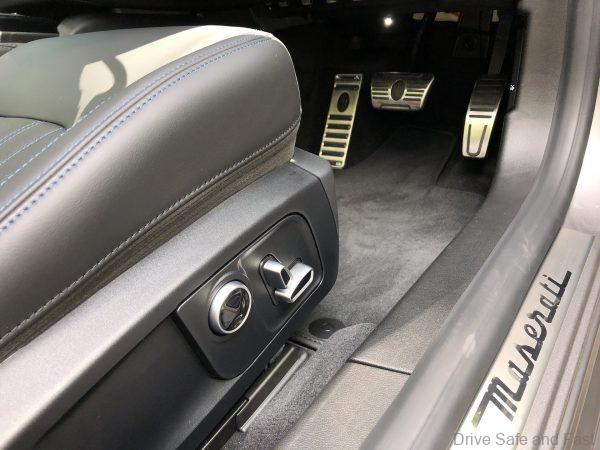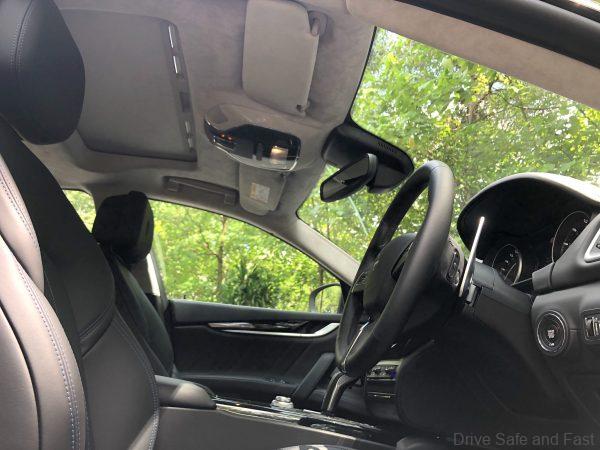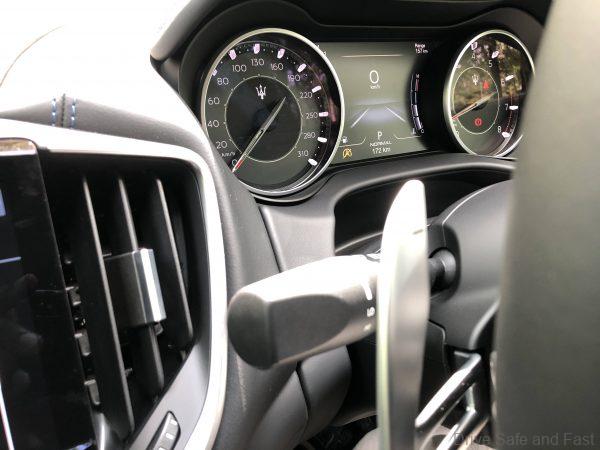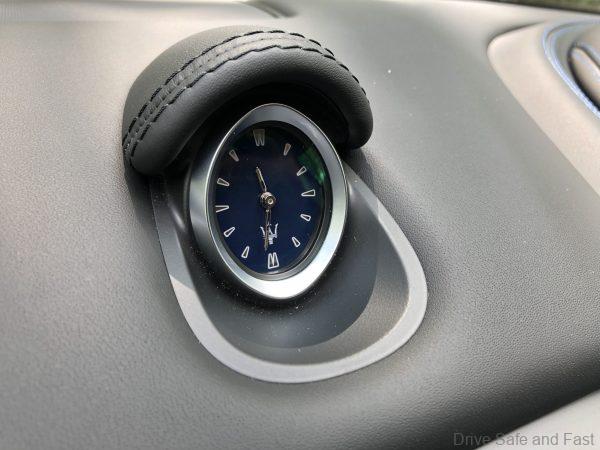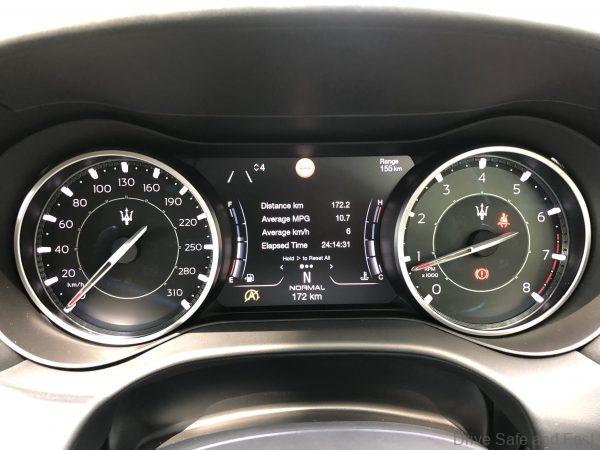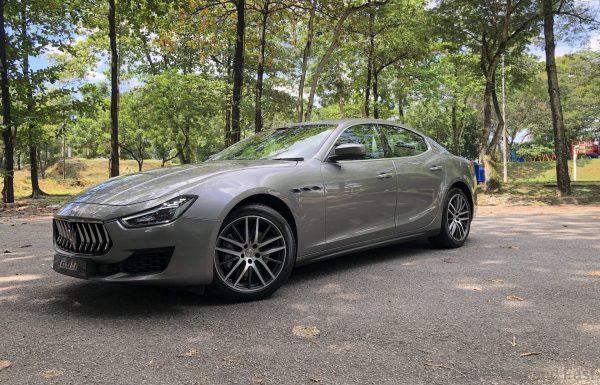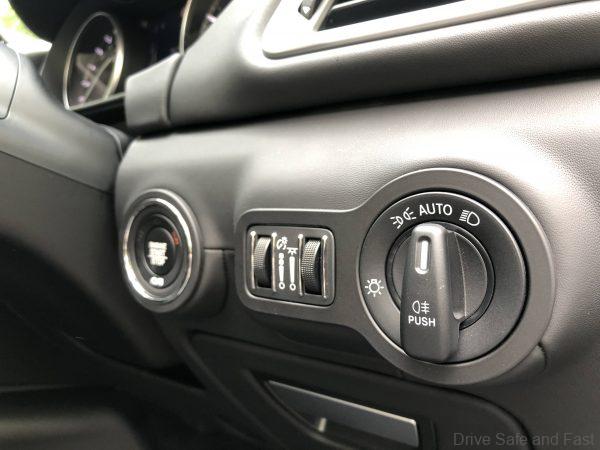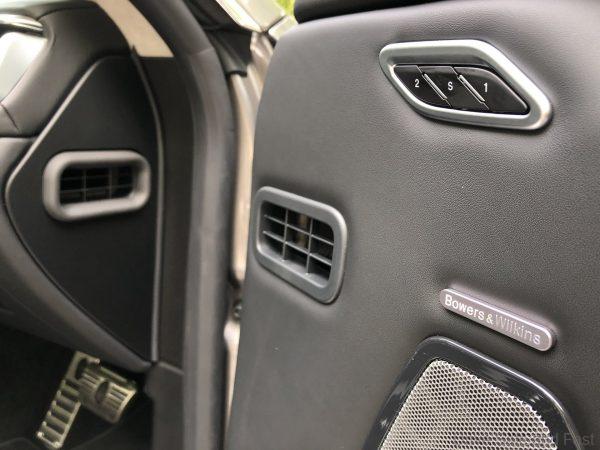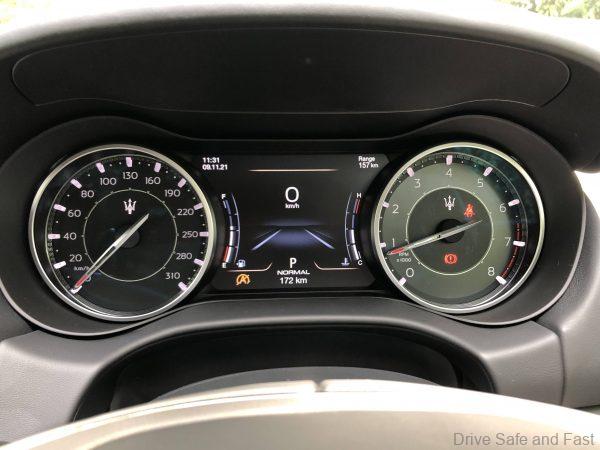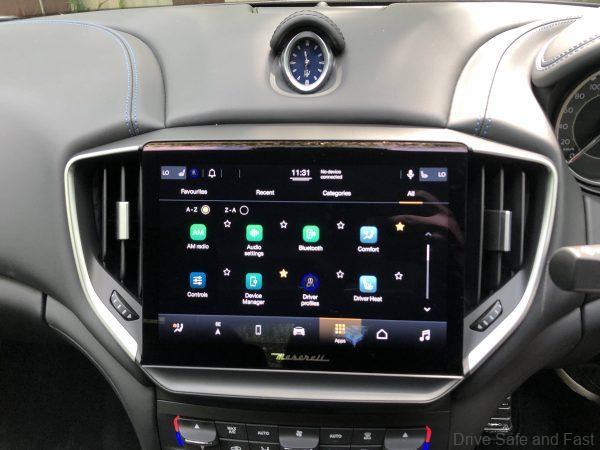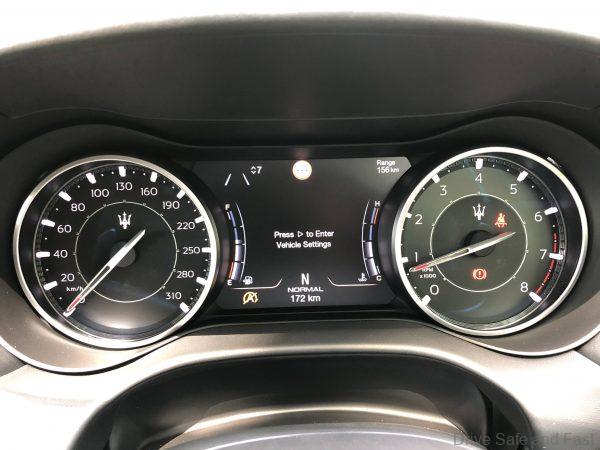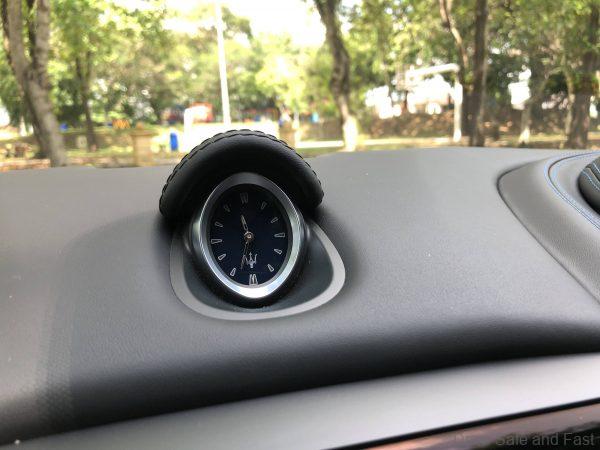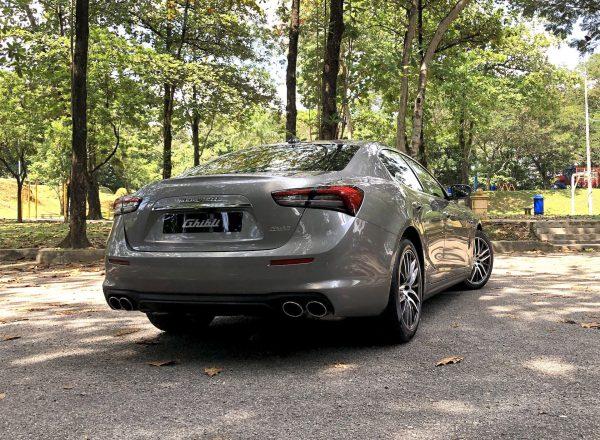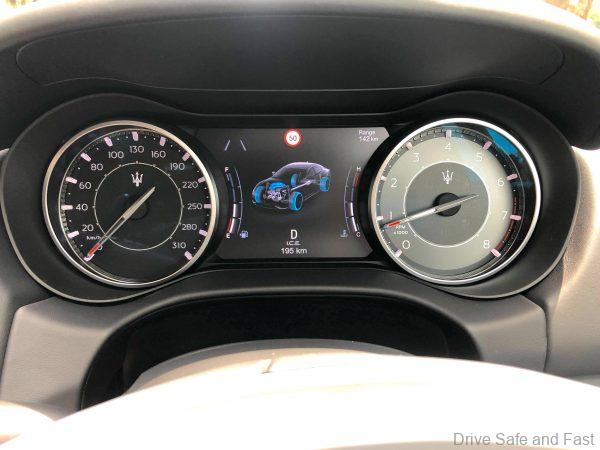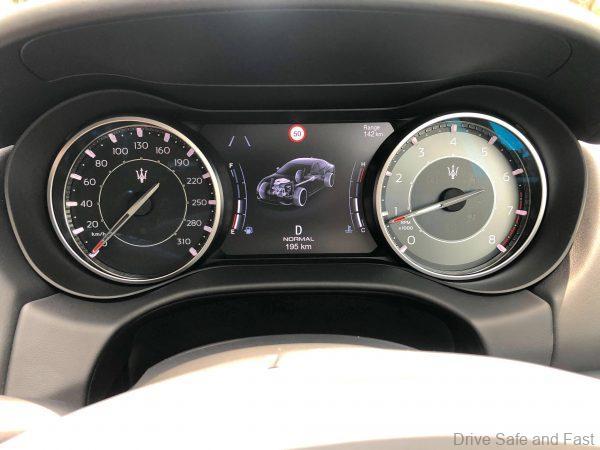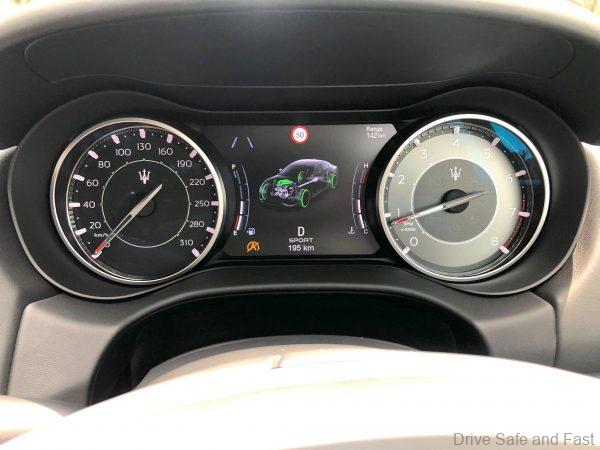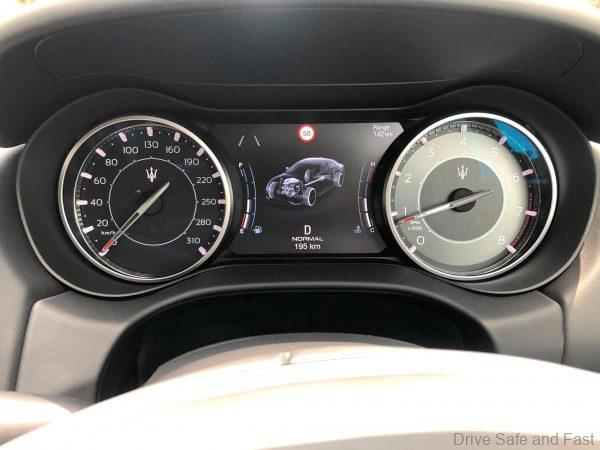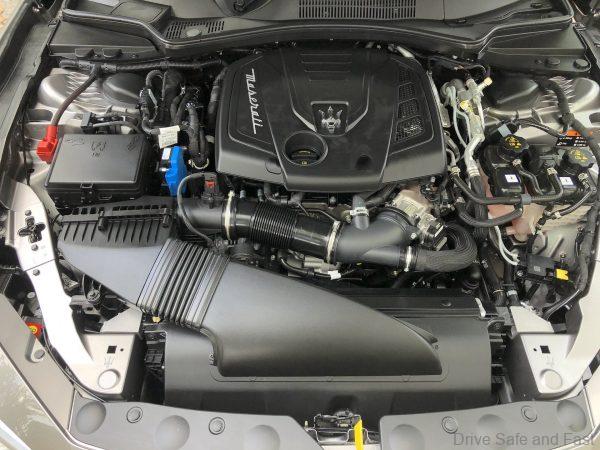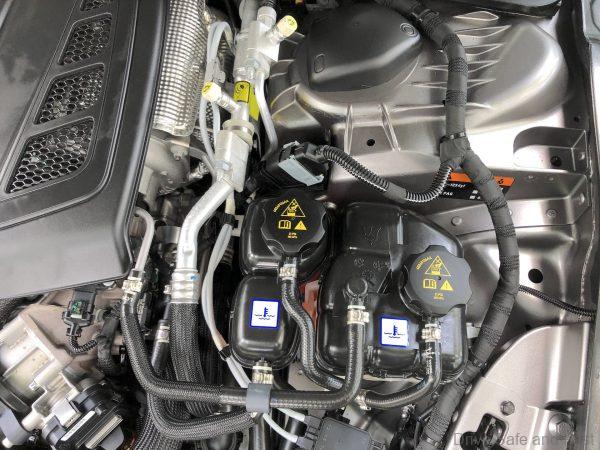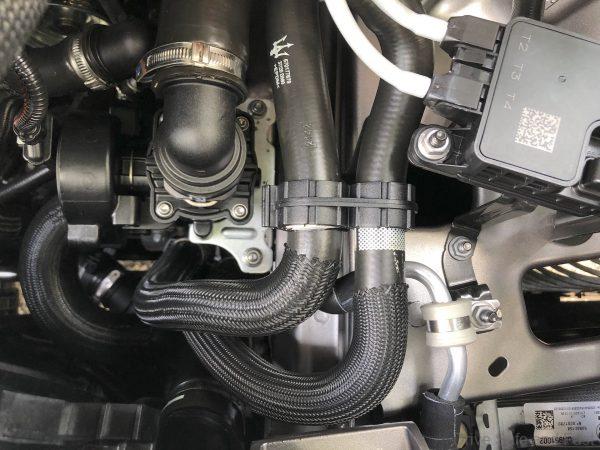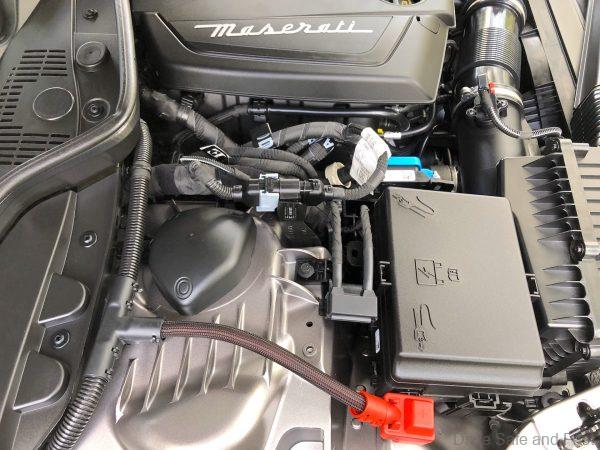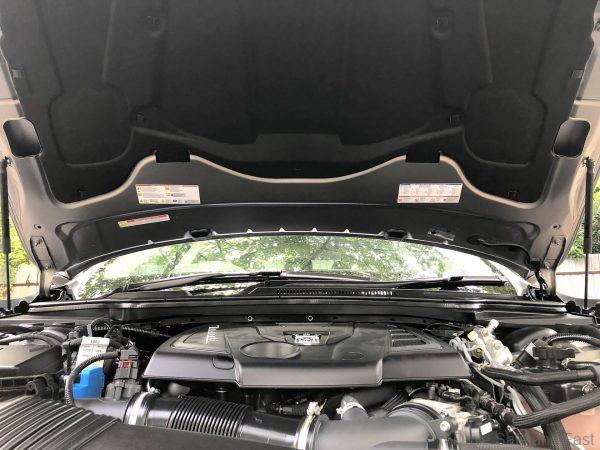Will a Maserati Ghibli Hybrid tickle our emotions like a V6 did years ago?
The Ghibli nameplate is already 55 years old and still going strong. We remember our first meeting with the Maserati Ghibli. It was in Italy for the global test drive and launch event in early 2013. It was an unforgetabl drive event with great country roads and open highways to stretch the torque band of the Maserati built V6 engine.
Then in May 2014 this Ghibli arrived in Malaysia under Naza Italia and was priced at RM538,800.
There were two versions. Both petrol powered, the Ghibli and Ghibli S and they were equipped with a then new-generation twin turbo-charged 3.0-litre V6 engine mated to an 8-speed ZF automatic transmission.
With a power output of 410hp the Ghibli S could accelerate from standstill to 100 km/h in 5.0 seconds and reach a top speed of 285 km/h. The Ghibli delivered 330hp with a top speed of 263 km/h and acceleration time from standstill to 100 km/h in 5.6 seconds.

Now comes the next chapter for Maserati. The dawn of electrification to follow all other European car manufacturers as they work towards reducing emission and reducing the use of fossil fuel.
Meet the Ghibli Hybrid which arrives at Naza Italia in quiet fashion as its asking price has moved up quite a bit. The arrival of the new Ghibli Hybrid thus expands the Maserati range, which is now even more competitive and responsive to the demands of the market.
This is the first electrified vehicle in Maserati’s history. It is developed by the Maserati Innovation Lab in the Italian city of Modena. The hybrid Ghibli is being produced at their Avvocato Giovanni Agnelli Plant (AGAP) in Turin.
Design
Maserati Ghibli Hybrid is immediately recognizable, thanks in part to the new design of both exterior and interior. The common denominator of the restyling, developed by the Centro Stile Maserati, is the blue colour, chosen to identify all cars with hybrid technology and the new world they represent.
On the exterior, the blue colour characterizes the three iconic side air ducts, the brake calipers and the thunderbolt in the oval that encloses the Trident on the rear pillar. The same blue colour reappears inside the car, in particular on the embroidered seams of the seats.
Mild Hybrid
In perfect harmony with its DNA, Maserati has chosen a hybrid solution focused primarily on improving performance, while also reducing fuel consumption and emissions.
The hybrid technology exploits kinetic energy the car accumulates when in motion, recovering it and transforming it into electricity during deceleration and braking, and storing it in a battery.
The innovative powertrain, the outcome of in-depth engineering development work by the technicians and engineers of the Maserati Innovation Lab in Modena, combines an internal combustion engine (4 cylinders, turbo, displacement of 2.0 l) with a 48 volt alternator and an additional electric supercharger (e-Booster), supported by a battery.
This solution is unique in its segment, and is the first in a new generation of powertrains, with the perfect trade-off between performance, efficiency and driving pleasure.
The battery is mounted in the rear of the car, with benefits in terms of improved weight distribution. This Ghibli Hybrid weighs in at about 80 kg less than the Diesel powered Ghibli.
Thanks to maximum power output of 330hp and torque of 450Nm delivered from just 1,500 rpm, this Maserati Ghibli Hybrid’s performance data is very impressive with a top speed of 255 km/h and an acceleration time from 0 to 100 km/h in just 5.7 seconds.
Maserati Ghibli Hybrid occupants will still revel in the unmistakable sound that characterizes all Maserati models, thanks to the optimized exhaust, which includes specially designed resonators.
Ghibli Drive
Maserati originally intended to use a modified Chrysler platform for the starting point of the Ghibli. However, the engineers at Maserati made the right decision that platform sharing was not the right way to go about things and came up with an aluminium and steel hybrid body-shell for the Ghibli that offered greater rigidity for safety and dynamics.
This is a stylish four-door executive sports sedan aimed squarely at the likes of the Audi A7 Sportback S-Line (priced from RM609,000), BMW 6 Series Gran Coupe (face-lifted in 2021 and priced at RM417,659.05) and the Mercedes CLS 450 (priced from RM650,034).
Yes, this Ghibli hybrid will cost almost RM950,000 with all import taxed included, but it remains a rather special sedan to own.
Meanwhile, back to the test drive. It starts up quiet enough with very good sound insulation. The cabin remains as before, luxurious and well assembled. There is a new quick to react and larger center infotainment screen. The audio system is provided by Bowers & Wilkins and it does not disappoint your musical pleasure.
The steering is well weighted and precise, helping to counter the considerable weight of the Ghibli on tighter roads.
Power delivery in ‘Sport’ mode does not reduce from its V6 sibling and mid-range power delivery is almost on par with the V6. This 2L engine has been engineered to provide almost the same entertainment as with its petrol powered V6 sibling in almost all areas.
Curbside appeal continues as we drive around Selangor and we notice other drivers, even those in luxury cars taking a second look at this stylish sedan.
Brand guardian in Malaysia, Naza Italia has imported in just 6 units to start and it should be snapped up quick as there are enough very rich Malaysians who want to drive something unique and special and the RM950k price tag is really not an issue.
Maserati Ghibli Hybrid Specifications
Engine: 4-Cylinder Hybrid
Capacity: 1998cc
Transmission: 8-speed semi-auto, RWD
Max Power: 330hp @ 5,750rpm
Max Torque: 450Nm @ 4,000rpm
Acceleration: 5.7 seconds
Max Speed: 255km/h
Price: RM427,800 before taxes


